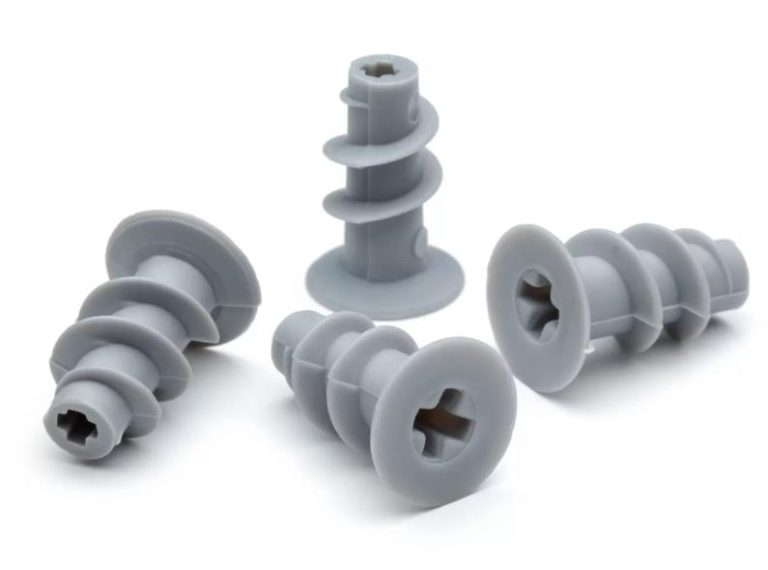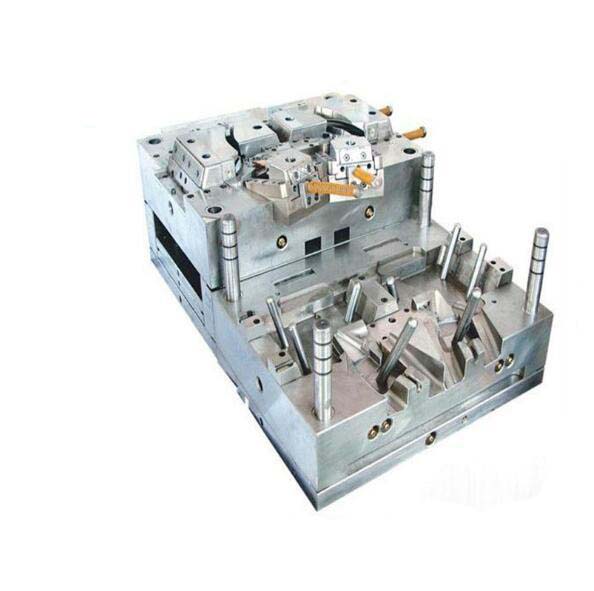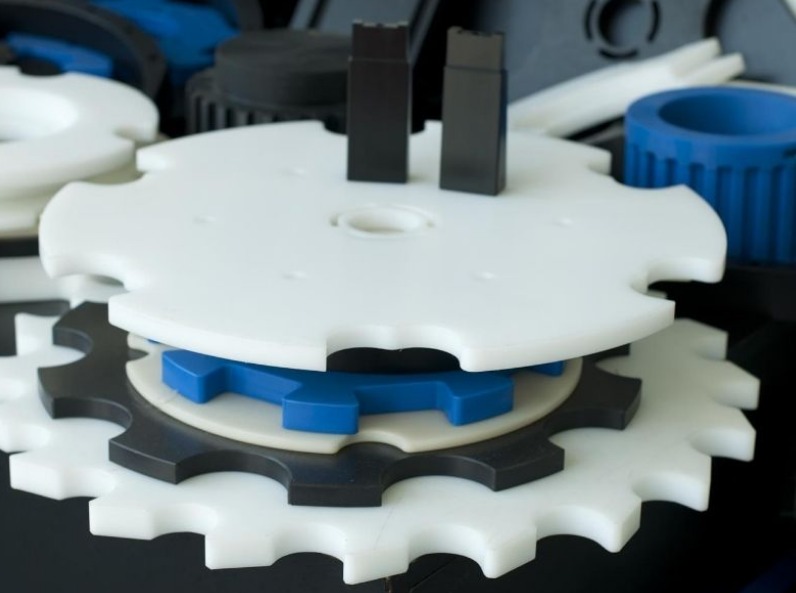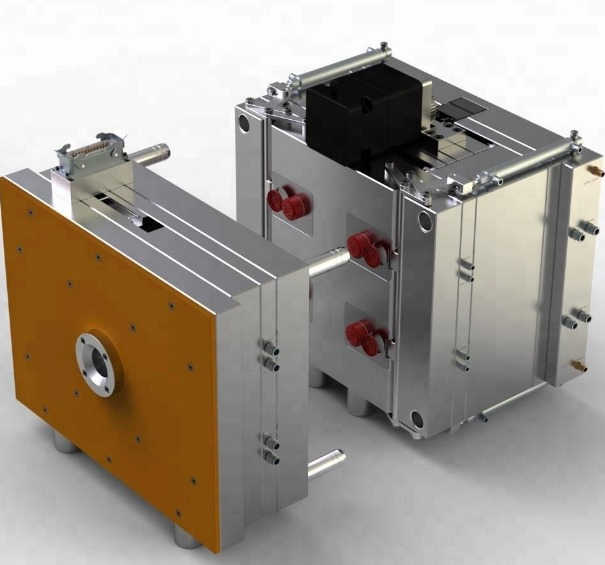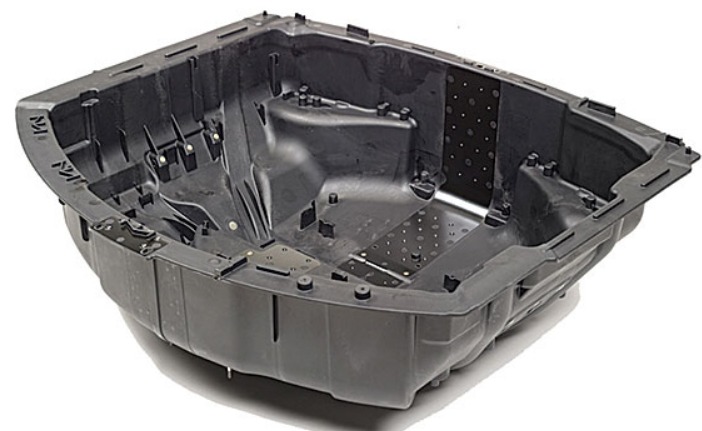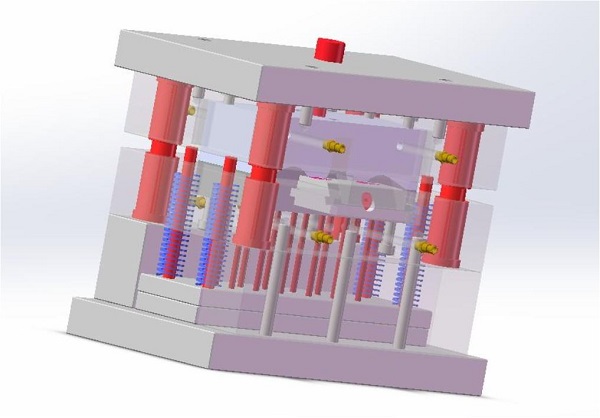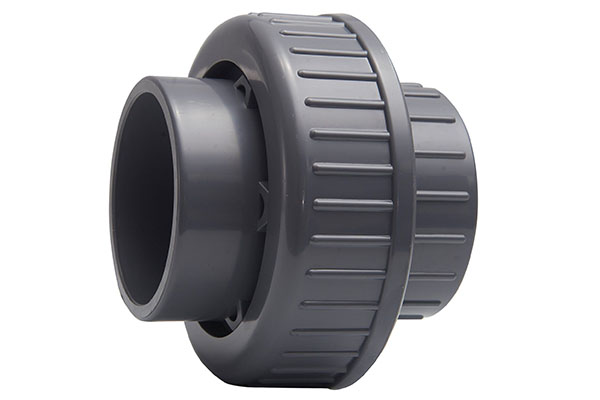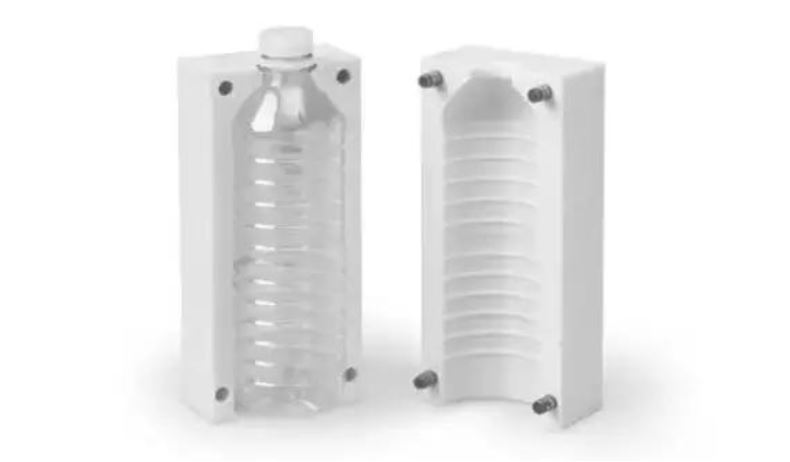What is Plastic Injection Molding Service
Plastic Injection Molding Service is a widely used manufacturing process that plays a crucial role in various industries. It involves injecting molten plastic material into a precisely designed mold cavity. Once the plastic fills the mold, it cools and solidifies, taking on the exact shape of the mold cavity. This process enables the production of high - precision plastic parts with consistent quality and in large quantities.
The process typically begins with the creation of a mold, which is often made from steel or aluminum. Molds can be highly complex, with intricate details and multiple components, depending on the design of the plastic part. For example, a mold for manufacturing a smartphone case may have detailed cut - outs for the camera, buttons, and ports.
After the mold is prepared, plastic pellets are fed into an injection molding machine. The machine heats the pellets until they reach a molten state. High pressure is then applied to inject this molten plastic into the mold cavity at a rapid pace. The pressure ensures that the plastic fills every nook and cranny of the mold, accurately replicating the desired shape.
Once the mold is filled, the plastic is allowed to cool. This cooling process is carefully controlled to ensure uniform solidification. Once fully cooled, the mold is opened, and the finished plastic part is ejected. In some cases, secondary operations such as trimming, polishing, or assembly may be required to achieve the final product specifications.
This manufacturing process is highly versatile. It can produce parts in a wide range of sizes, from tiny components like gears in a watch to large parts such as automotive bumpers. Additionally, a variety of plastic materials can be used in plastic injection molding, each with its own unique properties, such as strength, flexibility, heat resistance, and chemical resistance. This allows manufacturers to select the most suitable plastic material for a particular application.
The Process in Detail
The plastic injection molding process is a highly precise and well - organized sequence of steps, each playing a crucial role in producing high - quality plastic parts.
1. Material Preparation
The process commences with the careful selection and preparation of plastic materials. Usually, plastic comes in the form of pellets or powder, which are loaded into the hopper of the injection molding machine. The choice of plastic material is of utmost importance as it directly impacts the final product's quality, performance, and functionality. For instance, if you need a part with high strength and heat resistance for an automotive application, materials like polycarbonate (PC) or nylon might be preferred. On the other hand, for a simple and cost - effective consumer product such as a plastic toy, polyethylene (PE) or polypropylene (PP) could be suitable options. Before loading, the plastic material may need to be dried to remove any moisture. Moisture in the material can cause defects like bubbles or surface imperfections in the final product.
2. Heating and Melting
Once in the hopper, the plastic is fed into a heated barrel. In this barrel, the plastic is gradually heated to its melting point through the action of heaters and the mechanical shearing force generated by a rotating screw. The temperature within the barrel is precisely controlled. Different plastic materials have different melting temperatures. For example, the melting temperature of polyethylene ranges from approximately 110 - 130°C, while polycarbonate requires a much higher temperature, around 220 - 260°C. Precise temperature control is essential because if the temperature is too low, the plastic may not melt completely, leading to uneven flow during injection and defects in the part. Conversely, if the temperature is too high, the plastic can degrade, losing its mechanical properties and potentially discoloring.
3. Injection
When the plastic has reached a fully molten and homogeneous state, it is ready for injection. A high - pressure piston or the rotating screw forces the molten plastic through a nozzle and into the mold cavity. The injection pressure and speed are critical parameters. High injection pressure ensures that the molten plastic can quickly fill every intricate detail of the mold, even in complex molds with thin walls or small cavities. However, if the pressure is too high, it can cause problems such as flash (excess plastic oozing out of the mold seams), over - packing of the mold, and high internal stresses in the part. The injection speed also affects the flow pattern of the plastic. A too - slow injection speed may result in incomplete filling of the mold, while a too - fast speed can cause air traps or turbulence in the molten plastic, leading to voids or surface defects in the final product.
4. Cooling and Solidification
After the mold cavity is filled with molten plastic, the cooling process begins. This is a crucial stage as it determines the final shape, dimensional accuracy, and mechanical properties of the product. The mold is usually equipped with a cooling system, which can use water, oil, or air to remove heat from the plastic. The cooling time depends on several factors, including the thickness of the part, the type of plastic material, and the design of the mold's cooling channels. Thicker parts generally require longer cooling times to ensure uniform solidification. If the cooling is not uniform, it can lead to warping or shrinkage of the part. For example, if one area of the part cools faster than another, it will contract more, causing the part to warp out of shape.
5. Mold Opening and Part Ejection
Once the plastic has cooled and solidified sufficiently, the mold is opened. The two halves of the mold separate, exposing the 成型 part. Ejection pins or other ejection mechanisms are then used to push the part out of the mold cavity. The design of the ejection system is important to ensure that the part is ejected smoothly without damage. If the ejection force is not evenly distributed or is too strong, it can cause the part to break, deform, or leave marks on the surface. Additionally, proper mold release agents may be used to facilitate the ejection process and prevent the part from sticking to the mold.
6. Post - processing
After ejection, the plastic part often undergoes post - processing operations. This can include removing any excess plastic, known as flash, which may have formed during the injection process. Trimming tools are used to carefully cut away the flash, ensuring a clean and smooth edge. The part may also need to be polished or sanded to improve its surface finish, especially if a high - quality appearance is required. In some cases, parts may be painted, plated, or coated to enhance their aesthetics, protect against corrosion, or add additional functionality. For example, a plastic automotive interior part may be painted to match the color scheme of the vehicle, while a plastic electronic component may be coated with a protective layer to prevent electrostatic discharge. Post - processing is the final step in ensuring that the plastic part meets all the required specifications and is ready for use in its intended application.
Applications Across Industries
Plastic Injection Molding Service has found extensive applications across a wide range of industries, playing an essential role in manufacturing various products.
Consumer Electronics
In the consumer electronics industry, plastic injection molding is everywhere. For instance, mobile phone cases are commonly made through this process. The precise and complex designs of modern phone cases, with their cut - outs for cameras, speakers, and ports, can be accurately replicated using plastic injection molding. A single model of a popular smartphone may sell millions of units, and plastic injection molding allows for the mass production of matching phone cases to meet market demand.
Computer accessories such as keyboard frames, mouse housings, and laptop covers are also often produced by plastic injection molding. These parts require high - precision manufacturing to ensure a perfect fit and smooth operation. For example, a keyboard frame needs to have precise key - hole positions to guarantee that each key functions properly. The smooth surface and aesthetic appearance of laptop covers, which are important for consumer appeal, can be achieved through this molding process. According to market research, the global production of computer accessories made by plastic injection molding is in the billions annually, highlighting its significance in this industry.
Automotive Industry
The automotive industry heavily relies on plastic injection molding. Dashboard components are a prime example. Dashboards have complex shapes and must meet strict safety and quality standards. They often incorporate multiple functions such as housing for gauges, air vents, and control panels. Plastic injection molding enables the production of dashboards with consistent quality, ensuring that each part fits perfectly into the vehicle's interior.
Car light housings are another crucial application. These housings need to have excellent optical properties to direct light effectively and withstand various environmental conditions, including heat, moisture, and impacts. The precision of plastic injection molding allows for the production of light - tight and durable light housings. For example, a single mid - sized car may have around 5 - 8 different types of light housings, and in large - scale automotive manufacturing, plastic injection molding is used to produce hundreds of thousands of these parts for each vehicle model annually.
Medical Equipment
In the medical field, the demand for high - precision and hygienic plastic components is crucial, and plastic injection molding meets these requirements. Syringes are a common medical product made by this process. The manufacturing of syringes demands extremely high precision to ensure accurate dosing of medications. The smooth inner walls of the syringe barrel, which are essential for the smooth movement of the plunger, can be achieved through precise plastic injection molding.
Medical instrument housings also rely on plastic injection molding. These housings protect the sensitive internal components of medical devices such as ultrasound machines, blood glucose monitors, and surgical equipment. They need to be sterile, lightweight, and durable. For example, the housing of a portable ultrasound machine must be shock - resistant to protect the delicate internal electronics during transportation and use in various medical settings. Medical device manufacturers often produce thousands of these housings for each model, and plastic injection molding provides the quality and quantity needed.
Daily Necessities
Plastic injection molding is also widely used in the production of daily necessities. Plastic bottle caps are a simple yet essential example. With the huge demand for bottled beverages, food products, and personal care items, billions of plastic bottle caps are produced every year through plastic injection molding. The tight - fitting threads and seals of bottle caps, which are crucial for product preservation, can be accurately formed.
Kitchen utensils like spoons, spatulas, and food storage containers are also commonly made using this process. These utensils need to be non - toxic, heat - resistant (in some cases), and easy to clean. Plastic injection molding allows for the production of kitchen utensils with ergonomic designs, such as comfortable - to - hold handles on spoons.
Toys are another major application in daily life. From small action figures to large play sets, plastic injection molding enables the production of toys with vibrant colors, detailed features, and safe materials. A popular toy brand may produce millions of toy pieces annually using plastic injection molding to meet the demands of children around the world.
Yigu Technology's Perspective
As a non - standard plastic metal products custom Supplier, Yigu Technology highly values the significance of Plastic Injection Molding Service. With years of experience in the industry, we have developed strong technical capabilities in this field. Our team of experts is proficient in handling complex mold designs and optimizing the injection molding process to meet the diverse needs of our customers.
We understand that each customer's project is unique, whether it's a small - scale production for a niche product or a large - scale manufacturing requirement for a mainstream product. Therefore, we always focus on in - depth communication with our customers to fully understand their product requirements, functional needs, and aesthetic preferences. This allows us to provide customized solutions, from material selection to the final product delivery, ensuring that every plastic part we produce not only meets high - quality standards but also perfectly fits the customer's application scenarios. We are committed to using our expertise and resources to provide top - notch plastic injection molding services and contribute to the success of our customers' projects.
